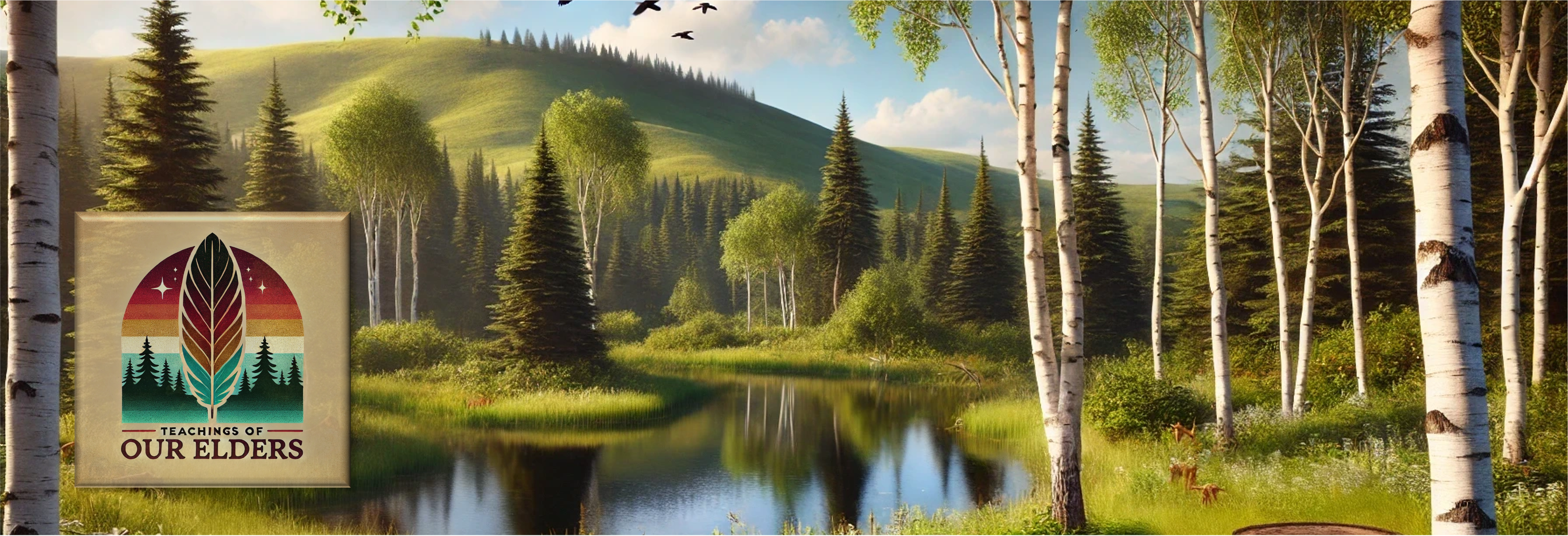| Inquiry Design Model (IDM) Blueprint™ |
| Medicine Wheel Teachings |
| NDNAEU 1 “Sacred Relatives”, NDNAEU 2 “Learning & Storytelling”, NDNAEU 3 “Sharing & Generosity”, NDNAEU 4 “Sense of Humor”, NDNAEU 6 “Native Contributions”, NDNAEU 7 “Native Identity” |
| Compelling Question | How do people around the world teach about overall health and wellness? |
| Standards and Practices | Foreign Language Cultures Standard 2.2.5 Evaluate the contributions that the target language and culture make to our society and the world (e.g., medicine, technology, arts, family traditions). Health Standard 1: Understand concepts related to human growth and development, health promotion, disease prevention. Health Standard 2: Analyze the influence of family, peers, culture, media, technology, and other factors on health behaviors. Health Standard 4: Demonstrate the ability to use interpersonal communication skills to enhance health and avoid or reduce health risks. Health Standard 5: Demonstrate the ability to use decision making skills to enhance health and avoid or reduce health risks. Health Standard 6: Demonstrate the ability to use goal setting skills to enhance health and avoid or reduce health risks. Health Standard 7: Demonstrate the ability to practice health-enhancing behaviors and avoid or reduce health risks. Health Standard 8: Demonstrate the ability to advocate for personal, family, and community health. |
| Staging the Question | What Native American Culture teachings promote health and wellness? |
| Supporting Question 1 | Supporting Question 2 | Supporting Question 3 |
| What are the teachings of the Medicine Wheel? What is the significance of the number 4? | What do other cultures have for teaching something similar to the Medicine Wheel? | What do you do to promote health and wellness in your life? What does your culture teach you about health and wellness? |
| Formative Performance Task | Formative Performance Task | Formative Performance Task |
| Students will work in pairs and complete a multimedia project on elements that the classroom comes up with for content in describing the supporting question. | Students will work in pairs and complete a multimedia project on elements that the classroom comes up with for content in describing the supporting question. | Students will create their own Medicine Wheel to represent the teachings they have learned in their research, and blend it in to fit their own lives, so it becomes a good guide for health and wellness in their life and their families lives. |
| Featured Sources | Featured Sources | Featured Sources |
| Medicine Wheel Teachings http://www.fourdirectionsteachings.com/transcripts/ojibwe.pdf Medicine Wheel https://www.stjo.org/native-american-culture/native-american-beliefs/medicine-wheel/ | Meditation 101 https://www.gaiam.com/blogs/discover/meditation-101-techniques-benefits-and-a-beginner-s-how-to Meditation and Yoga https://www.yogajournal.com/meditation/let-s-meditate | Students will use all resources they have been exposed to in this project to develop their own Medicine Wheel. |
| SUMMATIVE PERFORMANCE TASK: Supported Claim (written/spoken) or Demonstration of Process (project-based) | Students will display their completed Medicine Wheels like an Art Exhibit for all to see. Invite other classrooms, parents and staff to observe. |
| SUMMATIVE PERFORMANCE TASK: Extension | Invite a knowledgeable Native American (elder) to come and present to the class about their knowledge and teachings of the Medicine Wheel. |
| Taking Informed Action / Real World Application | Students will write letters to school administration to help enhance the school wellness plan. Students will also write local, state and federal agencies with the same regards. Disclaimer: Educators are encouraged to use these lessons as a guide, especially when it comes to capturing standards and required content for their instructional disciplines. Adapt, synthesize, abbreviate, and incorporate are just some of the encouraging words to educators to USE any of the NDNAEU lessons to make them their own. |

